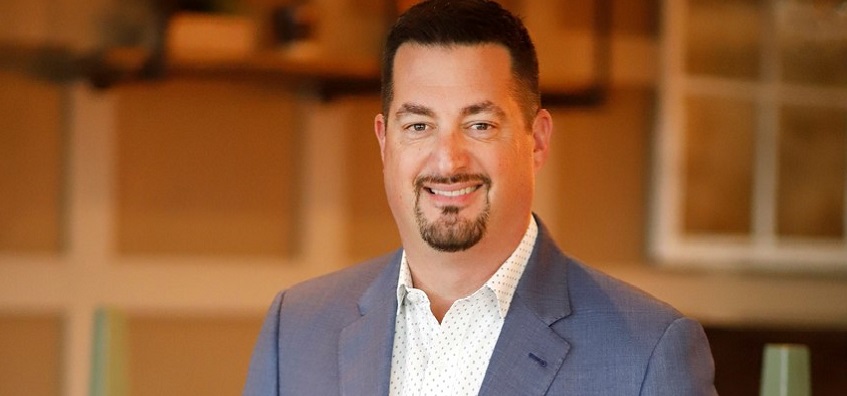First Watch CEO, QA chief discuss value of food safety

Tomasso, above, and Zimmermann addressed the importance of food safety in restaurants at the Food Safety and Quality Assurance Expert Exchange conference.
At First Watch, the breakfast café operating 450 stores in 28 states, Chris Tomasso, president & CEO, and John Zimmermann, VP of Quality Assurance and Food Safety, say they’re adamant that food safety and quality assurance are top priorities for the brand.
The two executives headlined a panel discussion at the National Restaurant Association’s Food Safety and Quality Assurance Expert Exchange conference, where they addressed the importance of food safety in restaurants and how operators can deploy some best practices at their own restaurants.
“Everyone in our organization understands how important food safety is, and that’s because we talk the talk and walk the walk,” Tomasso said. “I know it's important for that message to come from me, and that all the different departments understand and buy into our philosophy. Food safety really does equate to foot traffic. If we don't protect ourselves, things could easily turn negative.”
Tomasso added he’s most proud of how the chain has integrated 3rd-party audits and inspections into its culture, noting that everyone sees it as a partnership rather than an adversarial situation.
“For us, it’s really a great partnership that helps us, especially when we set our criteria above what regulatory agencies may expect. When that happens, I feel good about where we are. It’s served us well for many years.”
Zimmermann, who joined First Watch in 2017, agreed with Tomasso, saying partnership is key to achieving understanding and food safety success.
“Partnership is really important,” he said. “[Food safety professionals] are technical people, so it’s important we’re able to transfer that knowledge, explain the why. It may take a little time and effort to get them on board, to understand, and not everything can be done right away. You must prioritize your projects and justify them. It’s an evolution. For us, it’s about continuous improvement, laying out our plans, being collaborative, and working with leadership on them.”
The Association’s 2021 Outstanding Food Safety Leader, Zimmermann offered five food safety best practices for other operators to use at their restaurants.
1. Be consistent in your execution. Make sure your food safety system is effective and fits the operational model, awareness, and training. Don’t look at training as a one-and-done type of program, but more as an educational program over time. And, yes, the person in charge must be ServSafe certified, but what about supplemental training over time for all associates? “We make a strong commitment in that area, which is important,” he said.
2. Be proactive. Maintain active managerial control over foodborne illness risk factors so your staff can demonstrate their knowledge on how to mitigate risks when performing tasks. Show commitment toward sustaining the food safety culture you’ve woven through your organization. Remember that it starts at the top.
3. Build an integrative strategic approach. When building out your Standing Operating Procedures (SOPs), make sure you've got good communication and training around them, clarity of responsibility for those roles, and the tools to succeed. “At First Watch, we’ve implemented a digital food safety paperless solution, use Bluetooth thermometers, and invested in our training. We’re also committed to ensuring they’ll all evolve over time.”
4. Monitor your data. This could include self- or 3rd-party assessments, or health department inspections. Figure out what to do with that data so it rolls into your measurement and review process.
5. Measurement and review. This is an area in our industry that's undeveloped, and there's a lot of opportunity here. You can't manage what you don't measure. I'm a fan of Key Performance Indicators (KPIs). We have a lot of data, but we must make it meaningful. Look at all the things you can measure, like 3rd-party audits, health department inspection results, supplier QA compliance, plus employee health programs to make sure you don't have any ill workers. Find ways to measure them to ensure you're reducing risk.
Zimmermann said his best advice to other food safety professionals is to be accountable when implementing a program, execute it seamlessly, and maintain it, because “there’s no room for error.”